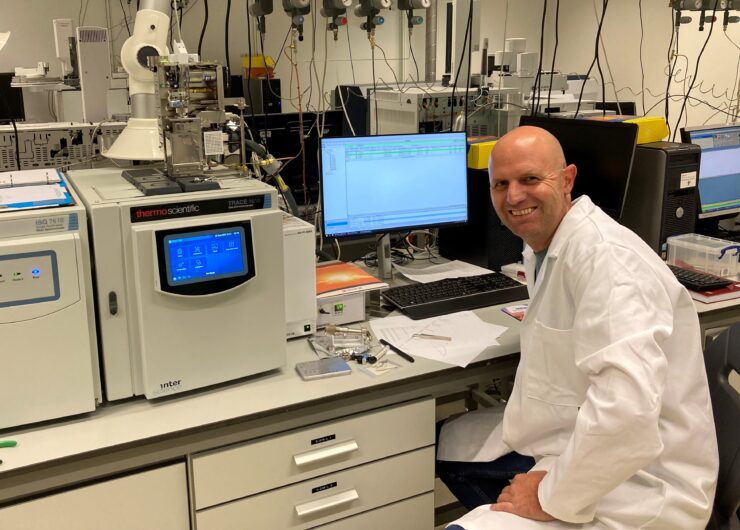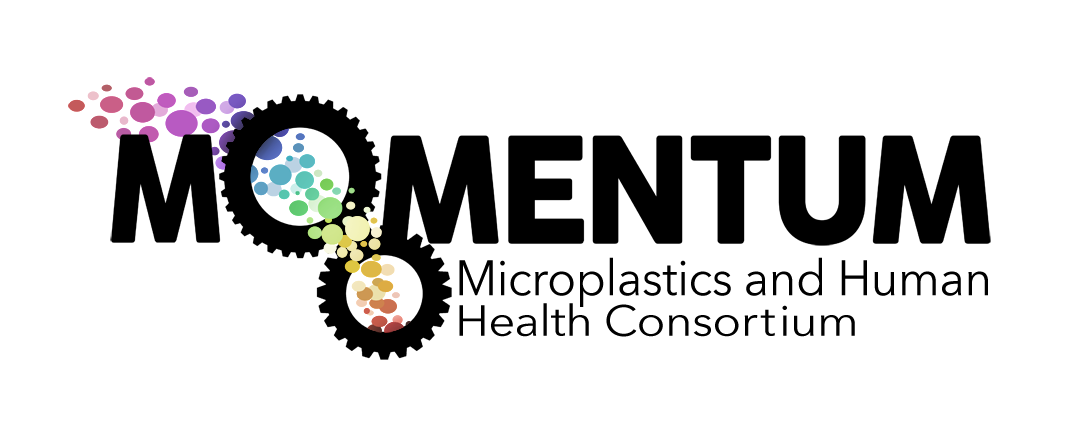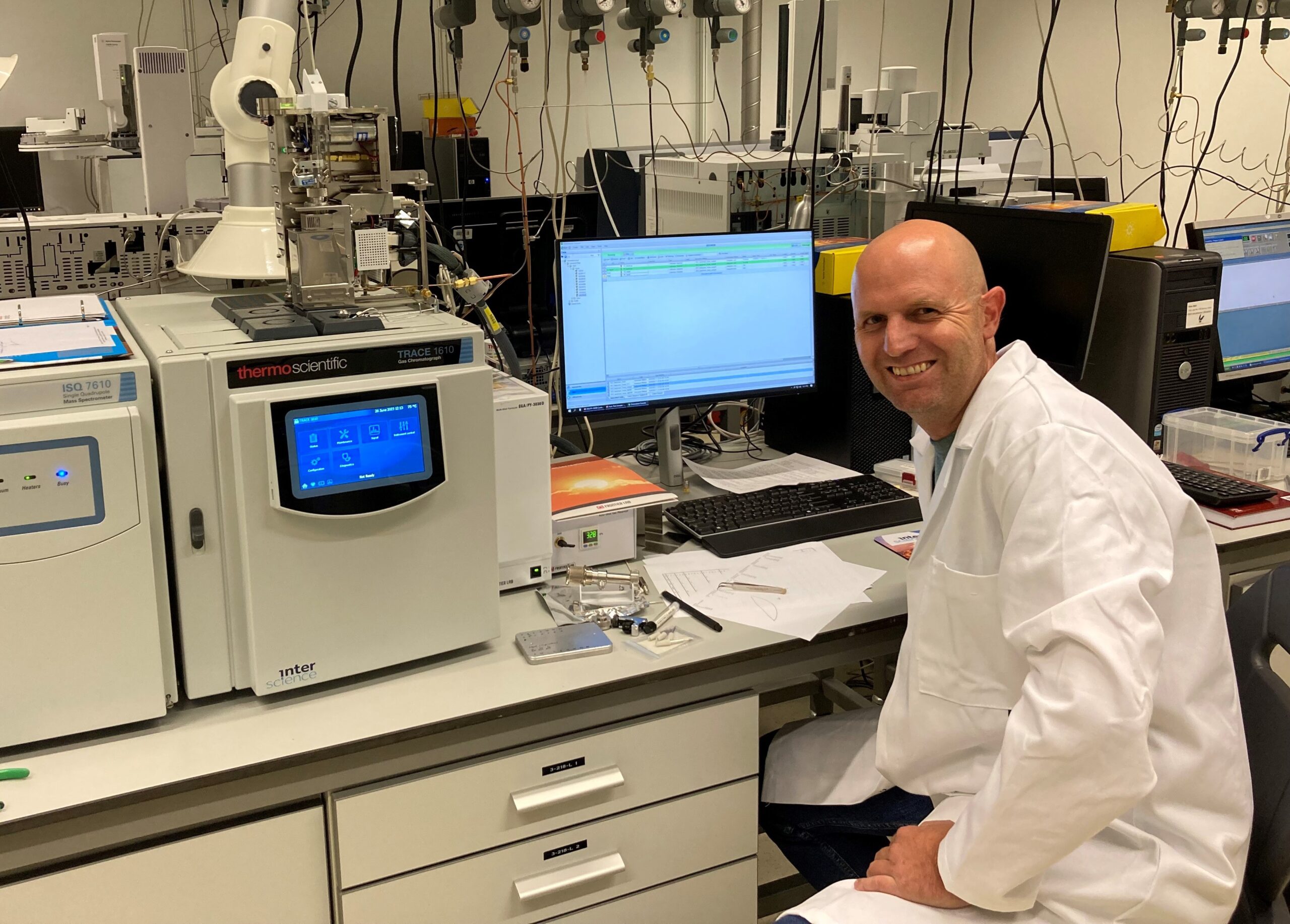News
“Working together with other partners opened up great opportunities”
Martin Brits is leaving the MOMENTUM consortium. For the past three years, he has worked as a research associate at the VU Amsterdam in the group of Marja Lamoree. We spoke with Martin to reflect on his time and research in MOMENTUM.
What is your professional background?
“I’m an analytical chemist and completed a joint PhD degree at the VU Amsterdam and University of Pretoria in South Africa. My PhD project was not about microplastics, but I did focus on analysing chemicals added to plastic and polymer containing materials. I joined the MOMENTUM consortium about three years ago, just after the fifteen initial breakthrough projects.”

What did you study in MOMENTUM?
“I worked on methods to analyze microplastics and other associated chemicals. These methods can be used to detect the presence of microplastics in tissue samples, identify the type of plastic, and determine how much polymer the sample contains. We optimised these methods to improve the way we identify and quantify plastics. For example, we can now identify smaller quantities of microplastics than before.”
How do you look back on collaborating in MOMENTUM?
“It was a very nice adventure! I really enjoyed it and I’m very thankful to my supervisor, Marja Lamoree for the opportunity. It is a great project with a lot of interesting research topics. MOMENTUM offers a unique platform that enables research into microplastics. Working together with other partners opened up great opportunities. We were able to use particles from another work package, for example. And our analyses were used by other groups to perform risk assessments.”
And what will be your next step?
I will move back to South Africa. I plan to continue to work on the analysis of microplastics and related chemicals.
MOMENTUM coordinator Juliette Legler about Martin’s contribution to the consortium:
“On behalf of the entire MOMENTUM consortium, I would like to thank Martin very much for his contribution to the project. Characterisation of the human internal exposure to plastics is an essential component of our project, and we really appreciate Martin’s efforts to extend the analysis of micro- and nanoplastics in human matrices. Martin optimised and confirmed the existing analysis methods in human blood, as well as applied the methods to various tissues like liver, lung, lymph, intestine, spleen, and placenta. Thank you Martin for helping us all to better understand the complexities of plastics analysis, as well as the precision and diligence that are needed for the quality control. These are qualities we wish every study in the world of microplastics would have. Martin, we wish you all the best in the future. Keep in touch!”




